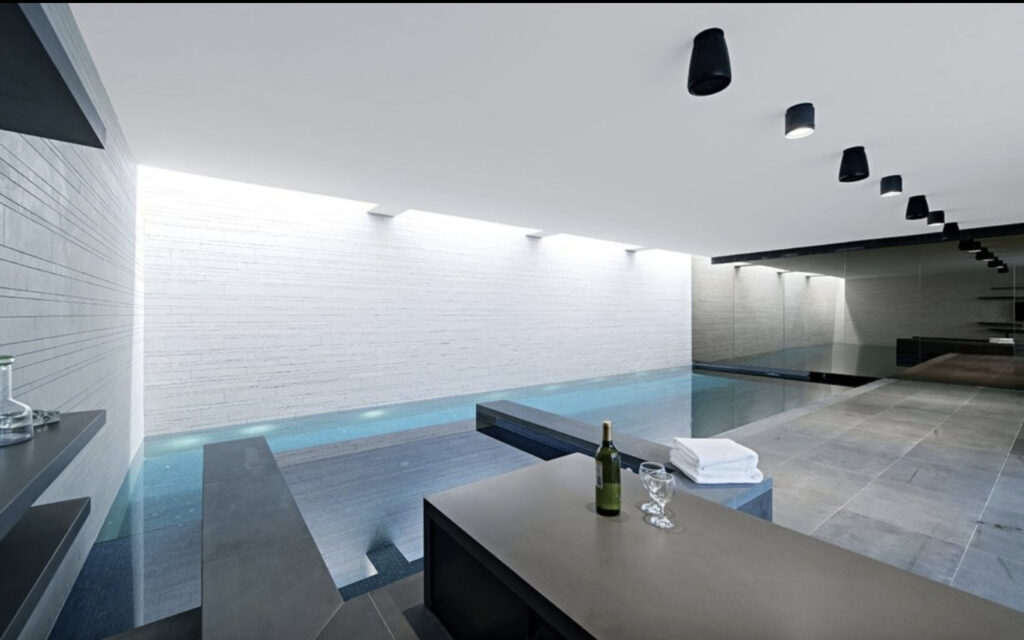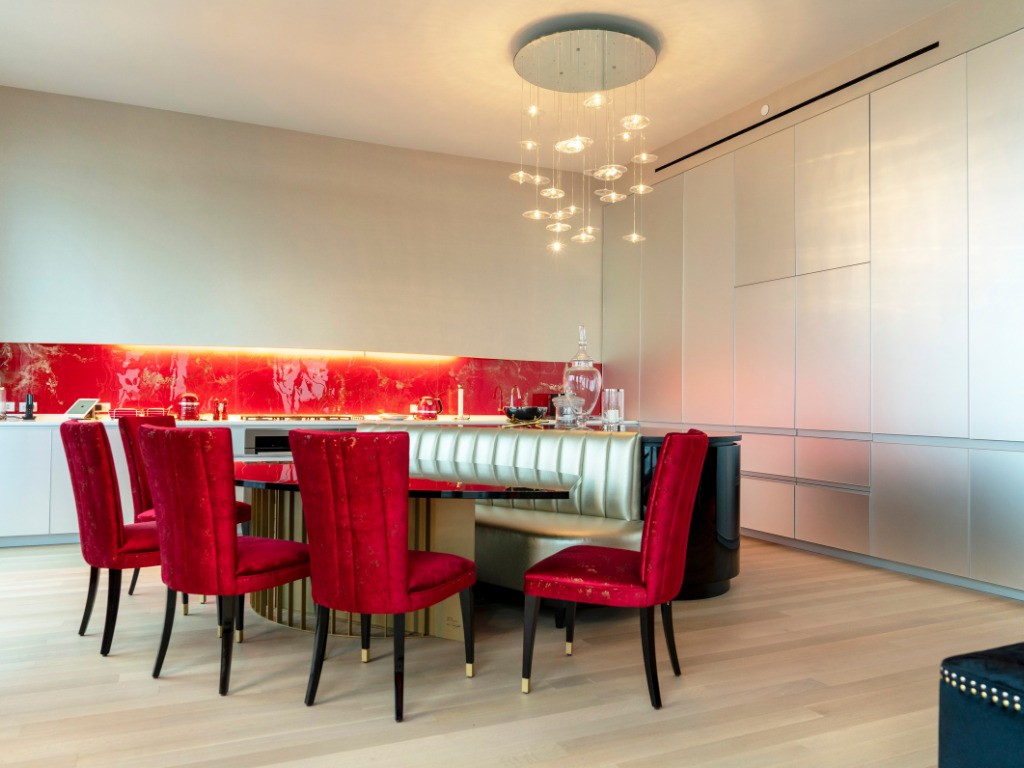Home Network planning guide?
By Ken Delman, Head of US Sales.

In the last blog post, we discussed the differing types of home network solutions and the benefits of each, and why home network problems are not always provider related. So, now you’ve decided that a hard-wired system for your home is the best solution; how do you go about getting it implemented?
A home for life, or an investment?
Just like you hire an architect to design your home, you need to hire an expert to design the wiring for your home based on the way you want to live in, and use your home with current & future technology. Many may feel that they don’t need this wiring as perhaps they barely watch TV or use portable Bluetooth speakers. However, ask yourself: Is your home a once-in-a-lifetime purchase, or is it an investment?
A home network in low-tech homes.
For most people, your home is an investment and one day you will want to sell it, so it’s smart to think futuristically - even if you are a low-tech, barely watch TV type of person. The future value of your home may depend on the ability of the new homeowner to be able to play music throughout the house and connect seamlessly to the internet in every room. It may seem unimportant to your current set up, but with these home network type of features, such as hard wiring, you will be thankful for when ‘does/can this home have Sonos’ is fast becoming a prospective homeowner’s standard question.
The importance of planning your home network
When you are building or remodelling your home you can finally realise your dreams of placing everything you want, where you want it; thus, creating the perfect space for your needs and wants. Do you want to be able to listen to music by the pool? Create a home theatre experience? Or control the temperature in every room of the house? All these scenarios are possible through modern technology, but they need to be planned through the wiring of the house.

As discussed in the previous post, the ability to connect to the internet throughout your home is usually paramount, and experts such as liv. will ask the important questions during the planning and design phase of your project.
When home network wiring is left too late.
It is not uncommon for those in the process of having a home built, or in the construction phase to make technology additions to their plans. While this is great, if such additions are technology related a problem is presented in that if these had been decisions from the start, the home network wiring could’ve been factored into not only the timeline but also the budget. These are not quick installs and should wiring be needed too far down the line it will delay the overall project and increase labour costs. Thinking forward is key in these instances and asking questions to yourself along the way will save you time and money. Your new backyard remodel includes a beautiful outdoor pool, will you want to have outdoor speakers to play music? Or, your glass-roof orangery extension will provide stunning light, but does this glass ceiling need an automated blind to protect furnishings and give privacy? Probably – and both these instances need wiring included in the planning.

Something we see from time to time, are those who have been previously sold a wireless system and it hasn’t worked well for their home size or needs. A common issue is that it doesn’t cover the entire home - remember from our previous post that most wireless systems are rated to work in a maximum of 2200 sq. ft home, and they were tested in laboratory conditions where little or no interference exist. Too often clients are therefore forced to deal with buffering and dead spots.
Saving time and money with planning a home network
The simple fact is that hard wiring is better for your present, and your future. Whether that’s as a lifetime homeowner where your needs and desires may change, or as an investment buyer who thinks forward to the next owner and what might be a non-negotiable for them. As with so many design-based sectors, planning is key – it might be an initial cost that saves you thousands further down the line, and ensures your project is delivered on time.
Look out for our next blog post where we are taking a dive into the world of cinemas: How to design your perfect home theatre…
Contact Us

